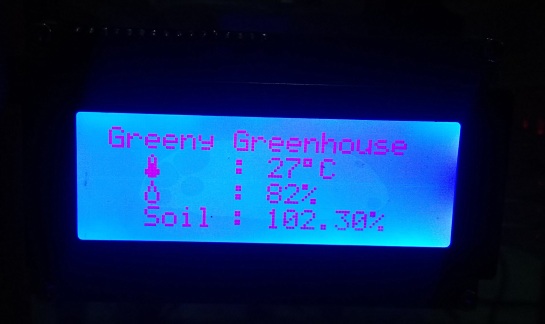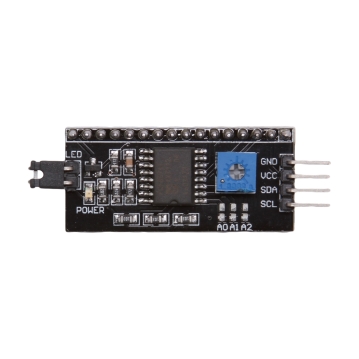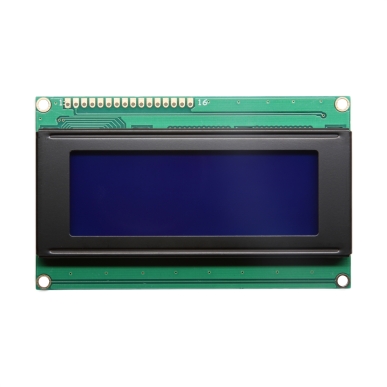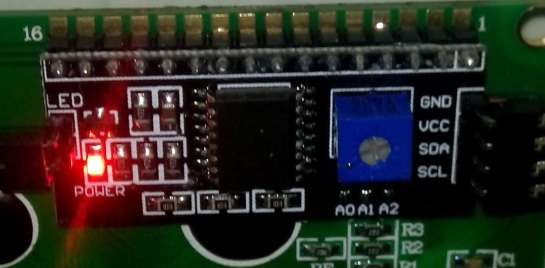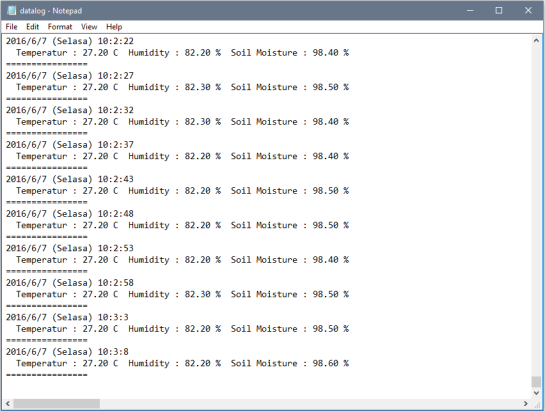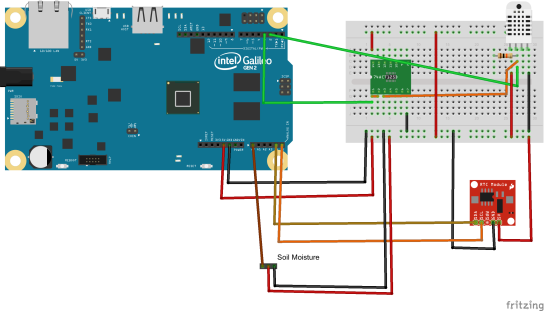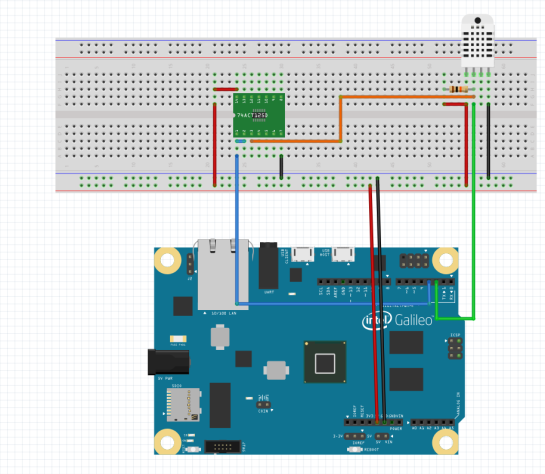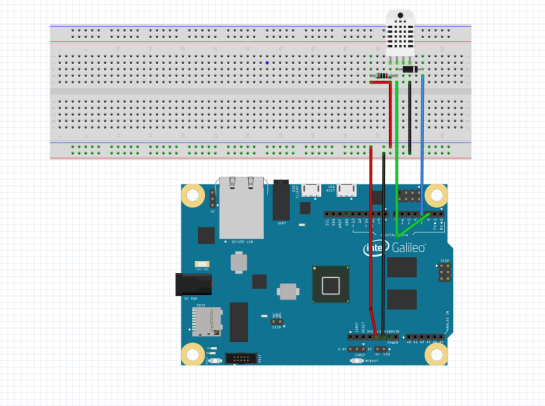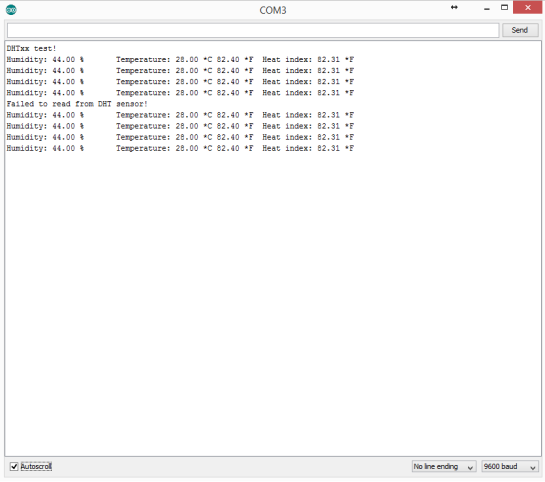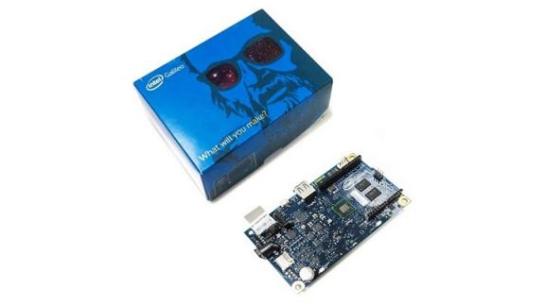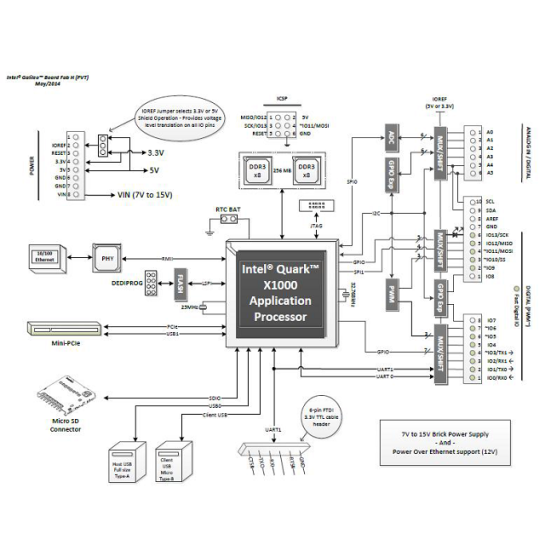Application Letter
An application letter is a business document, part of the important correspondence between applicant and organization, firm or company, institution or various boards and committees that publish a vacancy. It is a paper frequently used in all levels of government, commerce, industry, and academia. Students planning to correspond in any undertaking require the understanding of the main points of a job application letter.
Writing a correct job application letter is a useful talent for anyone planning to enter an administrative role in any industry or profession. In order to write a job application letter in the most exact manner, the writer must understand that letters employers are familiar with nowadays were established gradually to become effectual, succinct and workable documents.
A good job application letter addresses all the points stated in the job advertisement. The manner in which a person responds to a commercial announcement alerts recruiters and employers to their capacity, their level of education, personality, and professionalism.
A standard, generic form for the letter of application is (1) to introduce yourself, (2) to state briefly what you want, what position you are applying for, (3) to state clearly why you are qualified for the position, (4) to elaborate as to your special assets, why you are particularly well suited for the job, (5) to highlight your most important training, experiences, skills and accomplishments, and (6) to end with a compelling statement as to why the employer ought to hire you.
Steps for Writing a Job Application Letter
The traditional format of a business letter applies to most job application letters. The layout is the first thing noticed: those who receive business letters such as covering letters for a job application expect them to be set out in a specific way.
If everything is set out appropriately, the employer or recruiter concentrates on the content and meaning.
If your arrangement on the sheet of paper seems incorrect, unusual or non-traditional, the prospective employer is distracted from the implicit message.
- Understand the format, and fill in the content according to that form.
- Make a list of all the information to go in the letter.
- Be brief, so the letter can fit onto a single page. Set out the text with wide margins. Position your address, the employer’s address, and the subject of the letter in the correct spaces. The subject must be centered at the top.
- Start by stating the reason for the letter.
- Contain the important parts in three paragraphs, to ensure the main points are clear,.
- Most job application letters have no letterhead, because they originate from an individual. So the message must be placed in the middle, underneath the applicant’s address on the right, between a greeting and a salutation.
- The greeting starts, “Dear [Name]”. Always address the employer by their formal name. It is “Dear Mr. Jones,” not “Dear Larry.”
- The salutation must be formal, such as “Yours faithfully,” or “Yours sincerely.”
- Type your full name in upper case below your legal signature.
- Job application letters are customarily formatted in block style, without indents, with all lines aligned left. Aligning all paragraphs to the left is more legible than full justification.
Example Application Letter
Carp Street.,
Bandung, West Java
Indonesia
April 17, 2015
Mr. Anwar Dharma
Hiring Manager
Bank Indonesia (BI)
Jl MH Tamrin , Jakarta Pusat.
Jakarta 10310
Dear Mr. Anwar,
I am writing to express my interest for the position of Recruitment Assistant in your esteemed company.
Having recently obtained my Bachelor’s Degree in Business Administration major in Human Resource Development Management (BSBA-HRDM) in Gunadarma University, I wish to bring my knowledge, skills and commitment to excellence to your company’s innovative environment.
As a Business Administration student, majoring in HR management, I’ve become equipped with the necessary knowledge that come with the position including manpower recruitment, workforce organization, personnel training and compensation as well as legal provisions and other labor concerns.
My internship at MandiriCorporation also afforded me with the crucial skills to work with some of the best professionals in the recruitment and human resources industry. Being a trainee has developed in me enthusiasm and a true passion for human resources and has subsequently convinced me that human resource management is my true calling.
For additional details regarding my qualification and expertise, please review my attached resume.
Thank you for taking the time to consider this application and I look forward to hearing from you.
Sincerely,
(signature)
Jefri Sudirman
Inquiry Letter
Be courteous. Remember, by making this request you are imposing on the reader’s time and/or resources.
Don’t send an inquiry letter for information you could easily find out by other means, such as with a quick search on the Internet.
Your letter can be fairly short, but it should be long enough to adequately explain what it is that you are inquiring about and what you want the reader to do in response to your letter.
Generally, give at least a couple of weeks for the person, company, or organization to respond to your inquiry before you send a follow-up letter or make a follow-up phone call.
If appropriate, you may want to mention that you will keep confidential any information provided. (This may increase the likelihood that the reader will respond to your inquiry.)
Make it as easy as possible for the person to respond to your request. This might mean offering to pay for any needed photocopies or mailing costs, or perhaps including a self-addressed, stamped envelope; necessary forms, questionnaires, or other documents; and so forth.
Make sure to include contact information so that the person can easily get in touch with you if necessary, such as your cell or home phone number or e-mail address.
When the person responds to your inquiry, it is a good idea to send a quick note of thanks expressing your appreciation and telling how the information helped (or can help) you. If appropriate, you may want to offer to return the favor in the future.
Like a grant proposal, the letter of inquiry should include the following sections:
The introduction serves as the executive summary for the letter of inquiry and includes the name of your organization, the amount needed or requested, and a description of the project. The qualifications of project staff, a brief description of evaluative methodology, and a timetable are also included here.
The organization description should be concise and focus on the ability of your organization to meet the stated need. Provide a very brief history and description of your current programs while demonstrating a direct connection between what is currently being done and what you wish to accomplish with the requested funding. You will flesh this section out in greater detail if you are invited to submit a full proposal.
The statement of need must convince the reader that there is an important need that can be met by your project. The statement of need includes: a description of the target population and geographical area, appropriate statistical data in abbreviated form, and several concrete examples.
The methodology should be appropriate to your statement of need and present a clear, logical, and achievable solution to the stated need. Describe the project briefly, including major activities, names and titles of key project staff, and your desired objectives. As with the organization description, this will be presented in far greater detail in a full proposal.
How to respond to an inquiry letter:
- Specifically indicate the inquiry that was made, as you understand it.
- Express your appreciation for the person’s interest.
- If possible, personally respond to the inquiry. You might want to include with your response letter any brochures, catalogs, reports, or other helpful information available.
- If appropriate, clearly describe any action you feel the person should take and the reason(s) for such a recommendation. (However, you may want to use caution because of any possible liability you might incur for offering such advice.)
- If you cannot personally answer the person’s question, let him/her know that you have contacted the person who can and that he/she will shortly be in touch with the reader. If this is not possible, express your regret for being unable to help the reader, and try to find out for him/her the contact information for someone who can help.
- If appropriate, you might want to include additional information about your organization, the products or services you sell, or the subject matter of the inquiry, beyond the scope of the original inquiry.
- Close by saying that you would be happy to help the reader in the future if he/she needs further assistance or by wishing him/her well in his/her endeavor or project, etc.
Inquiry Letter Tips:
- Begin your letter by stating who you are and giving your status or position (such as student, researcher, interested consumer, etc.), and tell how you found out about the individual or entity that you are writing to.
- Clearly state what it is that you are inquiring about and what you would like the recipient of your letter to do. Make your inquiry as specific as possible.
- You might want to briefly explain the purpose of your letter or what you hope to accomplish. Such an explanation may prompt the recipient of your letter to act more quickly.
- If appropriate, consider mentioning the letter recipient’s qualifications for responding to your inquiry (this may prompt him/her to act when he/she might otherwise be hesitant to do so). For example, you could explain that you are writing to the reader because she is a leader in her field and the accepted authority on the subject you are interested in.
- Include the date by which you need the information, services, etc., that you are requesting, and indicate that you await the reader’s response.
- Thank the person for his/her time.
Example Inquiry Letters
The Sales Manager,
Melody Modes Ltd.,
Carrham, Upminster UE12.
Your Ref: KPS/C3, Our Ref: Con/13/1
Dear Sir,
Thank you for your letter of 12 January regarding our conference facilities for your sales convention in July this year.
I have pleasure in enclosing our current conference brochure and tariff. You will note that we offer a variety of venues inside the hotel itself, for groups of between 20 and 150 people, with a choice of catering facilities and with or without accommodation. This year we are also able to arrange functions in marquees in the hotel grounds, with a more limited range of catering, but again with or without hotel accommodation.
We have two lecture rooms, with audiovisual equipment – overhead projectors and video and DVD facilities – which might be of interest to you. There are also product display facilities within the hotel.
If you require all or some of your delegates to be accommodated in the hotel, I recommend early booking, as July is one of our peak months. We offer 4-star accommodation, every room with en suite facilities, minibar, television, personal safe, trouser press. We have two restaurants, four bars, a fully equipped gymnasium, and an indoor/outdoor swimming pool.
I look forward to hearing from you further, and I shall be happy to supply any additional information you might require; you will be very welcome to visit the hotel to see for yourself the facilities we offer.
Yours faithfully,
Hector Manning
General Manager
Complaint Letter
- Include your name, address, and home and work phone numbers.
- Type your letter if possible. If it is handwritten, make sure it is neat and easy to read.
- Make your letter brief and to the point. Include all important facts about your purchase, including the date and place where you made the purchase and any information you can give about the product or service such as serial or model numbers or specific type of service.
- State exactly what you want done about the problem and how long you are willing to wait to get it resolved. Be reasonable.
- Include all documents regarding your problem. Be sure to send COPIES, not originals.
- Avoid writing an angry, sarcastic, or threatening letter. The person reading your letter probably was not responsible for your problem but may be very helpful in resolving it.
- Keep a copy of the letter for your records.
Example Complaint Letter
Braun Strowman
Sudirman Street
Jakarta , Indonesia
1 December 2015
Dear Manager
RE: COMPLAINT ABOUT FAULTY TELEVISION CABINET PURCHASED AT CABINET WORLD ON 15 DECEMBER 2012
I am unhappy with the quality of a television cabinet I bought at 5 Street on 9 November 2015 and I am writing to seek a replacement.
The cabinet doors do not open and shut properly and the stain on the cabinet is uneven, with one half darker than the other. The cabinet was delivered on 15 November and I noticed this problem as soon as I unpacked it from the box.
The cabinet is not of acceptable quality and does not match the sample cabinet I was shown in store. I would like you to replace it with one of the same quality and finish as the sample and arrange for return of the faulty cabinet at no cost.
I have attached a photocopy of my receipt as proof of purchase.
I would like to have this problem fixed quickly please. If I do not hear from you within 10 days, I will lodge a formal complaint with Consumer Affairs in my state.
You can contact me on 1234 5678 during working hours or after hours on 123 456 789 to discuss this matter further.
Yours sincerely,
Braun Strowman
Purchase Order Letter
As per the life cycle of a product an enquiry about it does not always end in a sale. Once a customer likes a product it results in a sale but only through a verbal order or a written one. A Purchase Order is the document that initiates the purchase and helps close the sale. In today’s times of multiple companiesavailable for all products, there is some amount of trust in the customer and even a verbal confirmation of an order is acceptable. But most of the times it is only against some advance.
A Purchase Order Letter is a document that confirms to the seller that the customer in a specified time frame requires a particular quantity of the product. Nowadays one company to the other confirming the order, which is generally a bulk order, writes Purchase Order Letters or it is written by an individual to a company again in the case of placing a bulk order.
DOS AND DON’T’S OF PURCHASE ORDER LETTER
- A Purchase Order Letter should be written as soon as the decision for the purchase has been made
- The company with whom the order is being placed should be given enough time to execute the order
- The letter should clearly indicate the product code or item number, the size and the quantities being ordered
- The date when the Purchase Order Letter is being generated is very important because that identifies when the order was placed
- If the order is being placed by a company then it usually should be in a Purchase Order format
- The Purchase Order Letter should also indicate the date by when the order is expected to be executed or delivered
- The mode of delivery of the material should also be identified in the letter
- The letter should also carry the mode of payment by which the payment will be made
- If any advance has already been paid against the order, it must be mentioned in the Purchase Order Letter
- The address where the order has to be delivered should be very clearly mentioned in the letter along with any landmarks, if any, to locate the address
- The Purchase Order Letter should give the details of the costing of the price including taxes, etc so that there is no confusion while making the payment
- The name of the company or dealer with which the order is being placed should be clearly written on the letter to avoid any miscommunication of details
- There is no scope for any grammatical or punctuation errors in the Purchase Order Letter
- The contents of the letter must be carefully read through to ensure that the order details have been correctly mentioned
Example Purchase Order Latters
Freddy Brown
Store Manager
Fuller Productions Industry
Rosewood Street
Bogor , Indonesia 16610
Dear Mr. Freddy
RE: Purchase Order for Products
On behalf of Rodeo Enterprise, I would like to place an order for the following products from your company. Please refer to the attachment for the order list.
The terms and conditions will be the same as per our previous orders; that is, cash on delivery. Please note the extra condition with this batch of order; that is, the products on the order list must be delivered within a month from the date of this order letter.
We are in an urgent rush for our annual year end production and we need these products within a month to meet our production target. If you miss our specified delivery target, there will be a penalty incurred on your pricing, as per our business collaboration contract which is effective until the end of 2013.
Thank you for your kind understanding and prompt service. Please feel free to contact me for further clarifications on this purchase order.
Yours Sincerely,
Robert Lewandowski
Purchasing Manager
DAFTAR PUSTAKA
http://mychocochips.blogspot.co.id/2012/11/definition-and-how-to-make-application.html
http://www.writeexpress.com/How-to-write-an-inquiry-letter.html
http://dya08webmaster.blog.com/2012/12/05/example-of-inquiry-letter/
http://www.infoplease.com/ipa/A0002121.html
http://www.letters.org/order-letter/purchase-order-letter.html
http://www.vertex42.com/WordTemplates/complaint-letter.html
http://ph.jobsdb.com/en-ph/articles/application-letter-sample-for-fresh-graduates
https://www.accc.gov.au/consumers/complaints-problems/write-a-complaint-letter
http://www.sampleletters.net/purchase-order-letter.html
